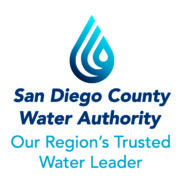OPINION: Beware: LA County’s $300 Million Rain Tax Is A Blank Check!
Even though the County does not have a well-developed stormwater or management plan, the Los Angeles County Board of Supervisors voted to place on the November ballot a $300 million parcel tax to fund the County’s efforts to prevent stormwater and urban runoff from polluting the LA River, the Santa Monica Bay, and our beaches (the “Rain Tax”). The County is also claiming that its Safe, Clean Water Program will result in “mutual benefits,” including the exaggerated claim that it will capture of significant volumes of stormwater that will eventually be recycled into the local supply of drinking water.



